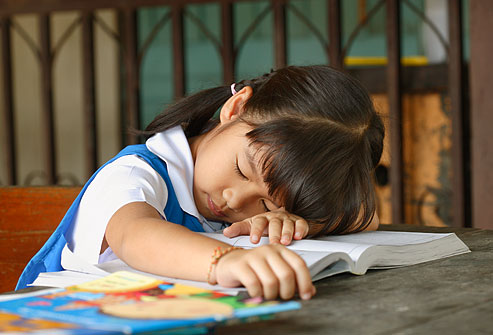Summer has officially closed and the school year has begun. The bell signaling the joy of parents and the dread of children everywhere. And while the school year brings about many changes with schedules, homework, and dreaded tests, it also brings an opportunity to learn new things and prepare for the future. But, this yearly change also requires preparation. New supplies must be bought, new rooms to explore, transportation has to be arranged, and the list continues. One item that should not be neglected from the Back to School List should be ensuring a proper night’s sleep.


One of the most overlooked plans for the school year is making sure that students receive adequate sleep. Research has proven that getting a better night’s sleep increases one’s energy, focus, and overall health. These benefits are doubly effective when it comes time for Junior during the school day. Maslow’s Hierarchy of Needs lists, in specific order, the needs that have to be met for human beings of all ages. One of the most important needs, besides food and water, is adequate sleep. Without adequate sleep, there is no way for children to be able to handle the higher forms of thinking needed to accomplish complex tasks or learn new skills. Trying to learn algebra on an empty stomach can be just as hard as doing so while sleep deprived. According to the National Sleep Foundation, there have been several studies that link poor grades to poor sleep habits. Students with B’s or better got 17-33 extra minutes of sleep compared with their C or lower brethren. In addition, students with lower grades tended to stay up later on the weekends.
As the school year starts, schedules change to account for different starts of the day, sporting activities, clubs, and more. While figuring out a child’s school year schedule, make sure to plan out enough hours in the day for sleep. According to sleep.org, children age 6-13 need 9-11 hours of sleep each night. As they get older, that time can dwindle to about 7-9.5 hours of sleep for teenagers and young adults. Setting a consistent sleep time is key to helping regulate the bodies circadian rhythms and make it easier to fall asleep at night. It is also important to monitor children and see how they act throughout the day and be prepared to make adjustments as needed. In addition, make sure to check the mattress to see if it fits your child’s sleep needs. Around the age of 6-7, humans develop a sleep pattern. Back sleepers, side sleepers, and stomach sleepers all have different sleep needs as far as support and comfort.


As the school year bell begins to ring, it can be easy to overlook all the different items needed for the academic year. In addition, parents want to give their children the best chance they have to succeed, inside and outside the classroom. One way to make sure that students perform at their best is to make sure they have a consistent sleep time on a mattress that fits their needs.




